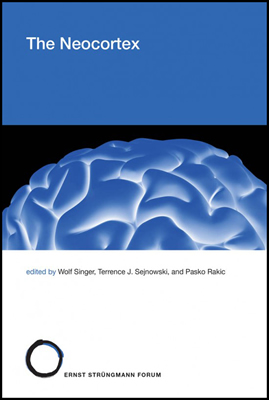Intrusive Thinking across Neuropsychiatric Disorders
June 14–19, 2019
Frankfurt am Main, Germany
Proposed by: Peter W. Kalivas and Martin P. Paulus
Program Advisory Committee
Katerina Fotopoulou, Psychoanalysis Unit, University College London, London WC1E 6BT, U.K.
Rita Z. Goldstein, Psychiatry and Neuroscience, Icahn School of Medicine at Mount Sinai, New York, NY 10029, U.S.A.
Peter W. Kalivas, Department of Neuroscience, Medical University of South Carolina, Charleston, SC 29464, U.S.A
Julia R. Lupp, Ernst Strüngmann Forum, Frankfurt, Germany
Martin P. Paulus, Laureate Institute for Brain Research, Tulsa, OK 74136-3326, U.S.A.
Trevor W. Robbins, Psychology, University of Cambridge, Cambridge CB2 3EB, U.K.
Peter Tse, Department of Psychological and Brain Sciences, Dartmouth College, Hanover, NH 03755, U.S.A.
Background
Developing new treatments for neuropsychiatric diseases is a source of extreme frustration in both academic medicine and the pharmaceutical industry. Out of this a new approach has emerged based on the idea that symptoms driven by specific brain circuits are the best sources of new drug targets. By targeting individual symptoms, specific endophenotypes (symptoms that can be reliably measured and quantified) are studied, which may be shared across neuropsychiatric disorders. Circuit-based endophenotypes can be studied in animal models while full human psychiatric disorders cannot. Intrusive thinking is an exemplar endophenotype—one manifested in multiple neuropsychiatric disorders, all of which broadly impact medicine and society.
Defined as the sudden intrusion of unwanted or unwillful thoughts, images, or impulses, intrusive thinking is a frequent and natural occurrence within our stream of consciousness (Clark and Purdon 1995). An inability to control intrusive thinking can lead to a number of behavioral pathologies, including addiction disorders, posttraumatic stress disorder (PTSD), depression and obsessive-compulsive disorders (OCD). Importantly, the neural circuitry and cell biology in addiction models of intrusive thinking have been extensively characterized, and drugs targeting addictive drug-induced molecular changes within this circuitry have been shown to decrease intrusive thinking and some associated psychiatric disorders, including addiction, OCD, PTSD, and major depression. Thus, intrusive thinking is at the forefront of how the medical community will use endophenotypes to develop novel treatments and define psychiatric disorders.
There is a common perception that improving neuropsychiatric symptoms is a function of willpower. For instance, it is commonly believed that if patients exert sufficient willpower, they should be able to stop using drugs. Since intrusive thinking is defined as an inability to control one's thoughts and corresponding actions, it can be viewed as a failure of willpower. As such, the neurobiology of intrusive thinking speaks directly to the neurobiology of willpower. In addition to identifying how endophenotypes can best be used in neuropsychiatry, this Forum will work to expand the concept of an endophenotype: moving beyond its interpretation as a mechanism for developing novel medical treatments, to being an approach for how basic neurobiology can inform and impact societal interpretations of abnormal behavior.
Using intrusive thinking as an exemplar endophenotype, this Forum will explore how basic neurobiological/molecular dysfunctions revealed by the endophenotype approach can advance the discovery of neuropsychiatric treatments and lead to a broadening of social perspectives on psychiatric disorders. This core issue needs to be addressed to validate (or not) the use of endophenotypes as a strategy for developing new treatments for neuropsychiatric disorders and to determine whether the endophenotype construct can be sociologically extended to influence social norms. Answering this fundamental question speaks not only to a strategy for developing clinical cures, but to basic sociological and philosophical constructs of human behavior.
This Forum is supported by the Deutsche Forschungsgemeinschaft
The German Research Foundation

Top of page

